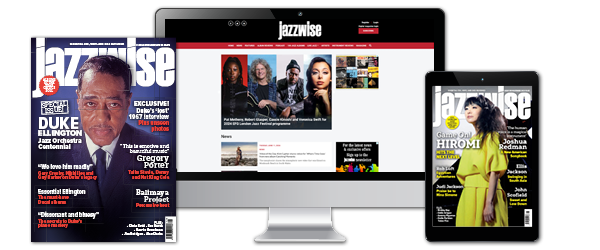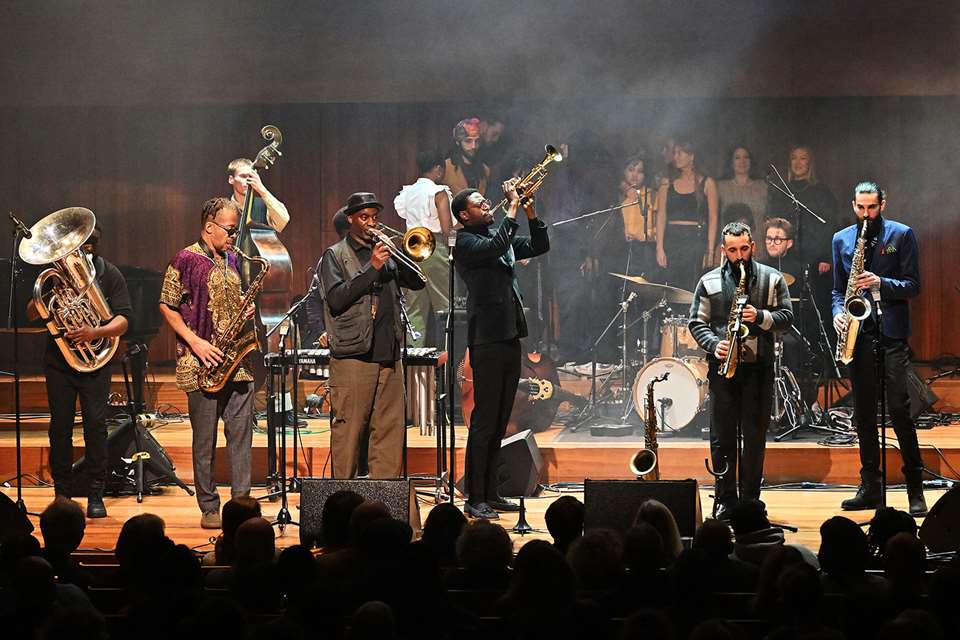Jason Moran performs mesmerizing Milton Court solo piano show
Kevin Le Gendre
Wednesday, May 14, 2025
The leading US pianist created a breath-taking solo set peppered with anecdotes and insights into his musical inspirations that include the works of artist Noah Davis


Register now to continue reading

Thank you for visiting Jazzwise.co.uk. Sign up for a free account today to enjoy the following benefits:
- Free access to 3 subscriber-only articles per month
- Unlimited access to our news, live reviews and artist pages
- Free email newsletter


